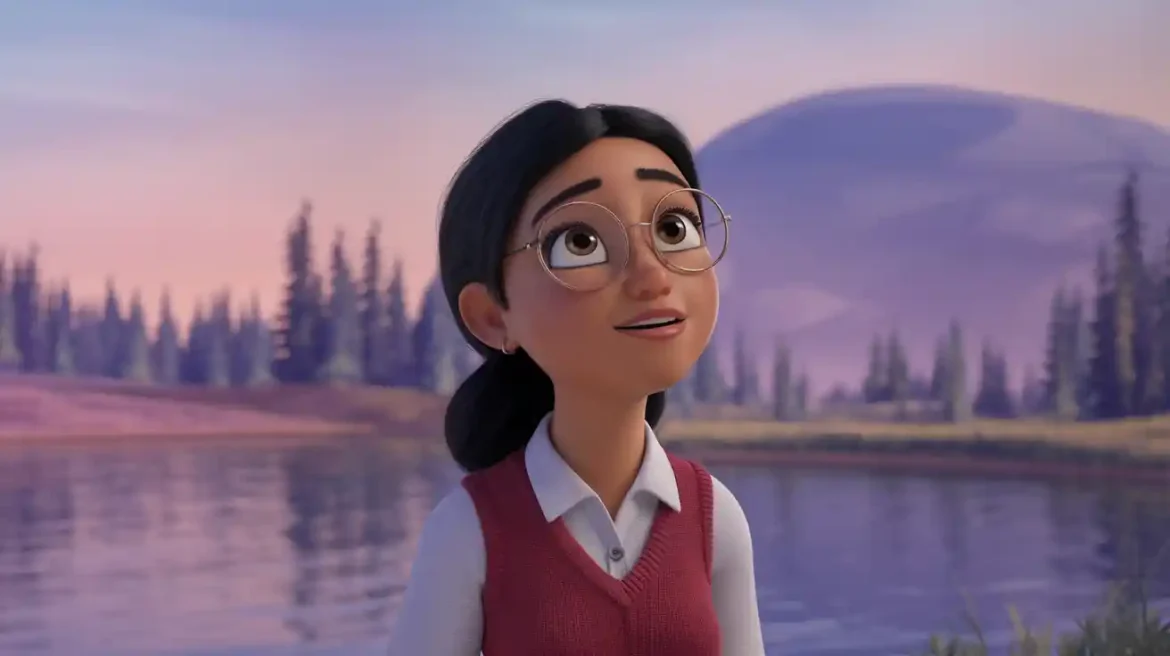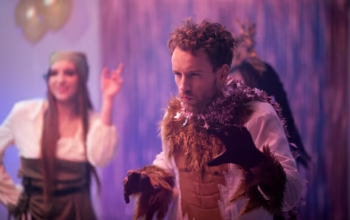
Introduction
Animation is more than just moving pictures; it’s a vibrant art form that has enchanted audiences for over a century. From the early days of hand-drawn cartoons to today’s sophisticated computer-generated imagery (CGI), the art of animation has evolved into a powerful medium that blends creativity, technology, and storytelling. This article explores the history, techniques, principles, cultural significance, and societal impact of animation, while also looking into its exciting future. Derived from the Latin word “animare,” meaning “to bring to life,” animation breathes movement, personality, and emotion into inanimate objects. It entertains, educates, and pushes the boundaries of visual storytelling. Whether you love classic Disney films, Japanese anime, or animated video games, this guide offers a deep dive into the art of animation, providing insights to enhance your appreciation of this dynamic medium.
History of Animation
The history of animation is a captivating journey spanning over two centuries, marked by innovation and creativity. Early attempts to depict motion date back to ancient times, with shadow plays and magic lanterns creating moving images. The modern era began in 1833 with the phenakistiscope, a device that used stroboscopic principles to create the illusion of motion (History of Animation). In 1888, Charles-Émile Reynaud’s Théâtre Optique projected hand-painted animations, laying the groundwork for future developments. The 1906 film Humorous Phases of Funny Faces by J. Stuart Blackton introduced hand-drawn animation on standard film. Walt Disney’s 1928 Steamboat Willie, featuring Mickey Mouse, popularized synchronized sound, while 1937’s Snow White and the Seven Dwarfs marked the first full-length animated feature. The 1995 release of Pixar’s Toy Story revolutionized the industry with fully computer-animated films, setting the stage for today’s CGI dominance.
| Year | Milestone | Details |
| 1833 | Phenakistiscope | Introduced stroboscopic illusion of motion, foundational for animation. |
| 1888 | Théâtre Optique | Projected hand-painted animations, precursor to modern techniques. |
| 1906 | Humorous Phases of Funny Faces | Oldest known hand-drawn animation on standard film. |
| 1928 | Steamboat Willie | First animated film with synchronized sound, introduced Mickey Mouse. |
| 1937 | Snow White and the Seven Dwarfs | First full-length traditionally animated feature, global success. |
| 1995 | Toy Story | First fully computer-animated feature film, revolutionized CGI. |
Techniques in Animation
The art of animation encompasses a variety of techniques, each offering unique creative possibilities. Traditional animation, or cel animation, involves hand-drawing each frame on transparent sheets, as seen in Disney’s Snow White (Types of Animation). Stop-motion animation uses physical objects, like clay or puppets, moved incrementally and photographed to create motion, exemplified by Aardman’s Wallace and Gromit. 2D animation, whether hand-drawn or digital, operates in a two-dimensional plane, while 3D animation creates lifelike models using software like Autodesk Maya. Computer-generated imagery (CGI) includes both 2D and 3D digital animations, dominating modern films like Pixar’s Up. Other techniques, such as rotoscoping (tracing over live-action footage) and cutout animation (moving paper shapes), add diversity to the animator’s toolkit, enabling varied storytelling styles.
Principles of Animation
The 12 principles of animation, outlined by Disney animators Ollie Johnston and Frank Thomas in their 1981 book The Illusion of Life: Disney Animation, are foundational to creating realistic and engaging animations (12 Principles of Animation). These include:
- Squash and Stretch: Adds flexibility and weight to objects, like a bouncing ball flattening on impact.
- Anticipation: Prepares viewers for an action, such as a character winding up before a jump.
- Staging: Ensures clear presentation through composition and action.
- Straight Ahead Action and Pose to Pose: Two approaches—frame-by-frame or keyframe-based animation.
- Follow Through and Overlapping Action: Continues motion after the main action stops, like hair swaying.
- Slow In and Slow Out: Smooths transitions into and out of key poses.
- Arcs: Uses curved paths for natural movement.
- Secondary Action: Adds supporting actions, like a character whistling while walking.
- Timing: Controls action speed to convey weight and emotion.
- Exaggeration: Amplifies actions for emphasis.
- Solid Drawing: Applies drawing principles for volume and weight.
- Appeal: Creates engaging, likable characters.
These principles guide animators in crafting believable and emotionally resonant visuals.
Famous Animators and Studios
The art of animation owes much to visionary animators and studios. Walt Disney, often called the father of 20th-century animation, created iconic characters like Mickey Mouse and produced landmark films like Snow White (Top Animators). Hayao Miyazaki, co-founder of Studio Ghibli, crafted masterpieces like Spirited Away, blending fantasy and emotional depth (Top Animation Studios). Pixar Animation Studios revolutionized CGI with films like Toy Story and Finding Nemo. Studio Ghibli’s hand-drawn animations, such as My Neighbor Totoro, are globally celebrated. DreamWorks Animation, known for Shrek and How to Train Your Dragon, excels in high-quality storytelling. Nick Park’s stop-motion work with Aardman Animations, including Wallace and Gromit, brought claymation to mainstream audiences, showcasing the diversity of animation talent.
Animation in Different Cultures
Animation reflects cultural identities, with distinct styles emerging globally. Japanese anime, like Studio Ghibli’s Spirited Away, is renowned for its intricate visuals and diverse genres, appealing to all ages (Cultural Animation). American animation, led by Disney and Pixar, often targets family audiences but includes adult-oriented shows like South Park. European animation, such as Aardman’s stop-motion or France’s Folimage, emphasizes artistic experimentation. Chinese donghua, with films like Big Fish and Begonia, draws on traditional folklore, gaining international recognition. These cultural variations highlight animation’s role in preserving heritage and fostering cross-cultural exchange, enriching the global animation landscape with diverse storytelling and aesthetics.
Impact of Animation on Society
Animation profoundly influences society across multiple domains. In education, animated videos simplify complex concepts, as seen in shows like Sesame Street (Benefits of Animation). In entertainment, blockbusters like Frozen and The Lion King captivate global audiences, generating significant cultural and economic impact. Animation enhances marketing by creating engaging advertisements that boost brand visibility. It also drives social change, with films like Wall-E promoting environmental awareness and shows like BoJack Horseman addressing mental health (Animating for Social Change). By transcending language barriers, animation fosters emotional connections and cultural understanding, making it a vital tool for communication and societal progress.
Future of Animation
The future of animation is bright, driven by technological advancements and evolving audience demands. Artificial intelligence (AI) streamlines production by automating tasks like character rigging, allowing animators to focus on creativity (Future of Animation). Virtual reality (VR) and augmented reality (AR) create immersive experiences, transforming storytelling in films and games. Real-time rendering, powered by engines like Unreal Engine, enables dynamic animations, blurring lines between animation and gaming. Personalized content, fueled by streaming platforms, tailors experiences to individual viewers. Additionally, animation studios are adopting sustainable practices, reflecting growing environmental consciousness. These trends promise a future where animation becomes more interactive, realistic, and impactful, continuing to captivate audiences worldwide.
FAQs
What is the difference between 2D and 3D animation?
2D animation operates in a two-dimensional plane, using hand-drawn or digital techniques, while 3D animation creates lifelike models in a three-dimensional space using software.
How long does it take to make an animated film?
Feature-length animated films typically take 2 to 5 years, involving storyboarding, animation, voice recording, and post-production.
What software is used for animation?
Common tools include Adobe Animate for 2D, Autodesk Maya for 3D, and Blender, a free open-source option.
Is animation only for children?
No, animation appeals to all ages, with adult-oriented content like Rick and Morty gaining popularity.
Can I learn animation on my own?
Yes, online resources like YouTube tutorials and courses on Udemy or Coursera make self-learning accessible.
Conclusion
The art of animation is a testament to human creativity, blending art and technology to create captivating stories. From its origins in shadow plays to modern CGI masterpieces, animation has evolved into a global phenomenon. Its diverse techniques, guided by foundational principles, enable endless creative possibilities. Influential animators and studios have shaped the industry, while cultural variations enrich its diversity. Animation’s impact on education, entertainment, and social awareness underscores its societal value. As technologies like AI and VR advance, the future of animation promises even greater innovation. Explore this vibrant art form, whether by watching a classic film or trying your hand at creating one—let animation inspire you!


